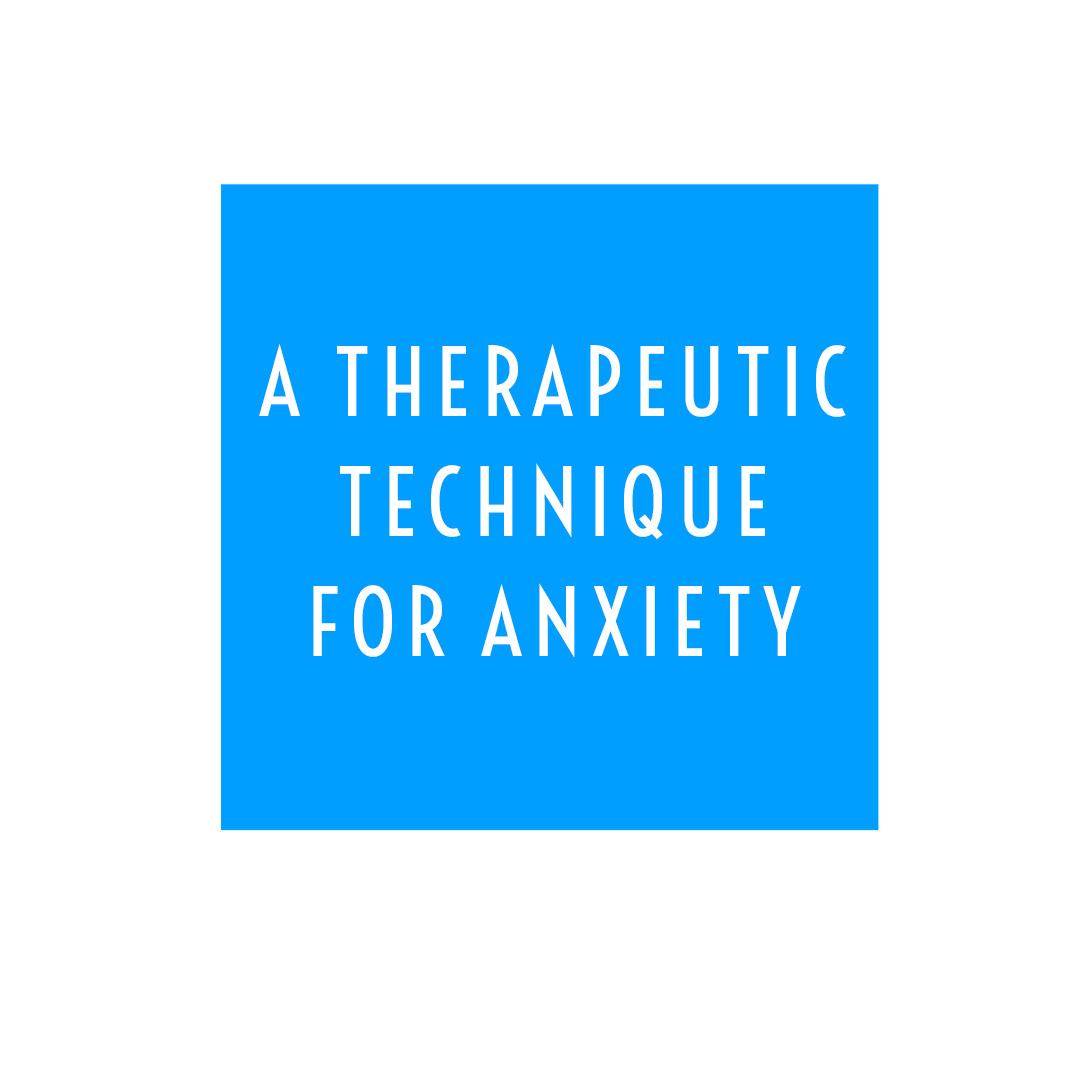
By Cara Gardenswartz, Ph.D., and Laura O’Loughlin, Psy.D.
“My life is the complete opposite of everything I wanted it to be. Every instinct I have in every aspect of life—be it something to wear, something to eat—it’s all been wrong.” You might remember this classic scene from Season 5 of the series Seinfeld. George Castanza has entered the diner, dejected about the trajectory of his life. The waitress approaches assuming he’ll order his usual: “Tuna on toast, coleslaw, cuppa coffee.”
George has a bright idea: “No, no, no. I always order tuna on toast. Nothing’s ever worked out for me with tuna on toast. I want the complete opposite of tuna on toast—chicken salad, on rye, untoasted, with a side of potato salad, and a cuppa tea!” In that moment he commits to making new choices that are the opposite of his norm. He then approaches an attractive woman at the counter: “My name is George. I’m unemployed, and I live with my parents.”
From that point, as he continues to choose to do and say “the opposite,” everything goes over-the-moon wonderfully for him. If you haven’t seen this episode, you can watch the rest of it to find out how.
What does this opposite thing have to do with mental health, therapy, or psychology? I use this all the time.
As a psychologist, I help clients engage with opposites. When one is stuck in a funk, in problematic habits, or fixated on destructive thoughts, I encourage people to explore the opposite: to ponder it, roll around in it, and play with it. Maybe act on it. Definitely let it act on them. Working with the opposite is a simple, nimble tool that can begin to rewire the way we operate in the world and increase our cognitive flexibility. It is useful in a myriad of ways if we are willing to tolerate the discomfort of stepping out of the comfort zone and allow its magic to take root.
Clients with social anxiety live in self-consciousness, guessing how others view them. When stuck in self-conscious distress, I ask people to think about the opposite. “What do they think of me” can be turned around. “What do I think of them?” “Who do I want to talk to, to befriend, to kiss?” I do not tell clients to act on their thoughts necessarily. The exercise helps bring one’s curiosity from another’s point of view back to one’s own.
With these prompts, I encourage my clients to shift from the role of the observed to that of the observer, from object to subject, back to the position of I, me.
Benefits of Opposite action:
The result: Socially anxious people can stop their chaotic and paranoid guessing: What is that person thinking? And instead, listen to their own experiences.
When a big event is coming, a wedding, travel plans, a speech, people often imagine that the worst will happen. They fret about all the things that could go wrong, they catastrophize. This is a sure way to feel terrible. Of course, diligent preparation for big events is important, but fixating on the worst-case scenarios will likely give you a good case of the jitters (at best) or a panic attack (at worst). When you are pestered by catastrophizing thoughts, pause. Notice that they are thoughts. Then play with the opposite. Imagine the things that might go right and the happy surprises that might come about such as being acknowledged and respected. This is not rocket science. But, hey, it works.
Many people come into therapy with a fundamental belief in their helplessness. Of course, this is true, from our first breath we all experience some degree of vulnerability. Early wounding relationships and life traumas often exacerbate the experience of helplessness. But we each have agency, we have volition, an aspect of self that is sometimes forgotten. In playing with opposites, we begin to seed one’s agency, if it feels absent. And you can reacquaint yourself with it if it was lost.
Employing Opposite Action: Reduce Destructive Impulses: In DBT Therapy, Dialectal Behavioral Therapy, lies a crafty tool called “opposite action.” This can help those who tend to act out in destructive or sabotaging ways. These clients are encouraged to choose the opposite action of what their emotions desire. Someone who is very angry and has the urge to yell, insult, or hurt another chooses instead to speak softly and kindly. Someone who is fearful and wants to withdraw and hide attends a dinner party with the intent to interact. This can be a good trick.
Cognitive behavioral therapy also deploys the tool of the opposite. This treatment can help those who are highly anxious or have traits of obsessive-compulsive disorder. A hallmark for these clients is avoidance—they avoid the situations that they fear, which increases those fears. Exposure therapy consists of gradually exposing oneself to the feared scenarios, encouraging the opposite of avoidance. With the capacity to tolerate what was once feared, one gains freedom. However, a person does not need an anxiety diagnosis to benefit from this practice; doing more and more of what scares us may grant us practical freedom.
When you have rational fears, such as fear of an intimidating stranger or a speeding car, honor it. That is appropriate. That is essential.
Read the original article at Psychology Today
Your fulfilling life might be just a FREE consult away. Book now!